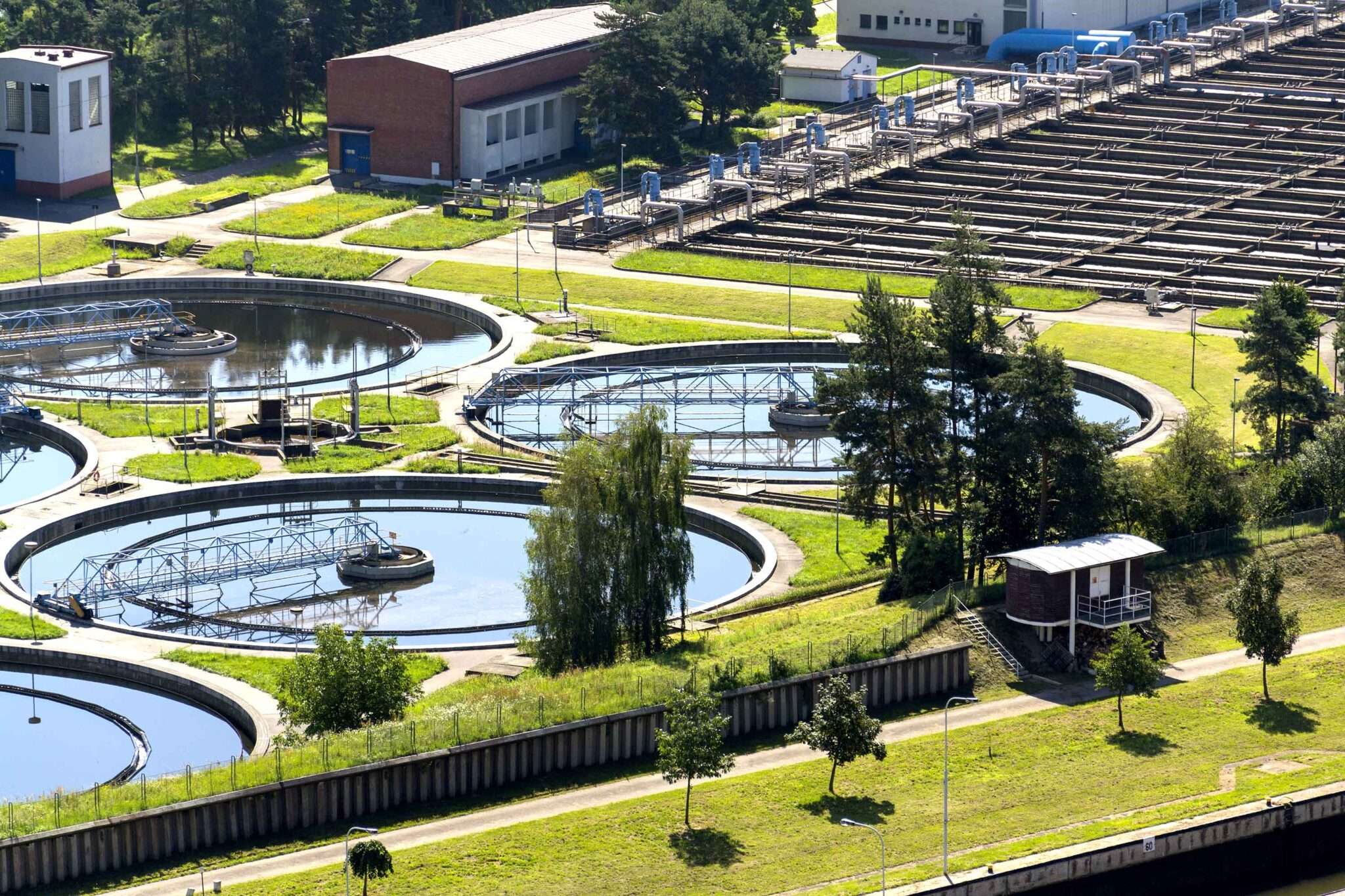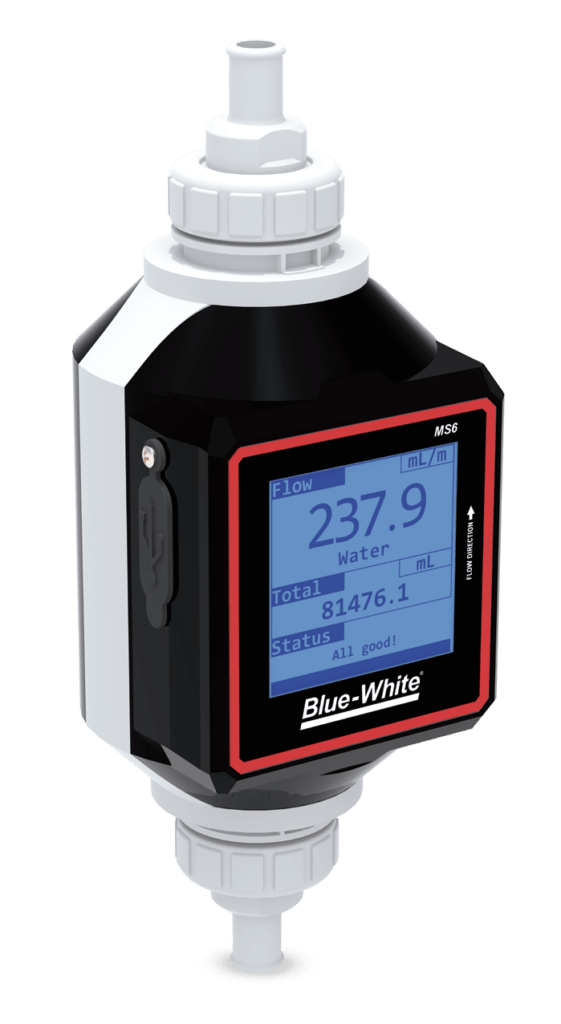
Wrapping Up 2024 with Excitement!
We’re ending the year with the final delivery of our new injection

In water treatment, chemical metering is a key aspect of a wide range of processes, including disinfection and pH balancing. Accuracy and precision are critical for effective chemical treatment, where even slight variations may have significant consequences.
Over- or under-dosing chemicals can result in failing to meet treatment outcomes, regulatory non-compliance, damage to infrastructure, and more. Thankfully, most metering pumps and related equipment are easy to use, provided a few simple steps are taken during initial installation and throughout their usage lifetime. By following the guidelines below, operators can ensure the reliability and consistency of their chemical dosing systems.

Calibration. Chemical metering systems should be calibrated at the initial start-up as well as after maintenance has been performed (e.g., when a tube is changed in a peristaltic pump). If the metering pump does not have an internal calibration process, operators can use a calibration cylinder and do a drawdown to check how much fluid is being pumped at a given setting. Other times, the pump can be tied to an external device such as the flow meter, which can pace the pump’s output.
Verification and Testing. Similarly, operators should perform occasional verification and testing of the pump to validate its performance. Wear and tear on the pump components can, over time, impact feed rates. There are services that can do this, or operators can do it themselves. Better still, there are flow meters that, when paired with compatible pumps, can verify feed rates.
Instrumentation Selection. Operators need to use the right flow meter for the application. Variable area, ultrasonic, and magnetic meters can all be used with chemical metering, although each has different levels of tolerance, accuracy, and repeatability. Factors such as measurement range and response time may also be important. A more sophisticated ultrasonic meter will verify and log feed rates for the operator. Blue- White’s® Sonic-Pro® MS6 Ultrasonic Chemical Feed Flow Meter is an innovative addition to flow meter offerings. MS6 accurately monitors the amount of chemical being dosed into the system, helping to prevent over or under dosing.

Material Compatibility. This is hypercritical because material incompatibility can lead to chemical reactions, corrosion, or material degradation, affecting accuracy and potentially damaging the pump. Ensure that the materials used in the chemical metering system, such as pipes, valves, seals, and gaskets, are compatible with the chemicals being metered. Consult chemical compatibility charts, manufacturer specifications, and industry guidelines to select appropriate materials.

Maintenance and Inspection. Keeping a routine maintenance schedule can reduce excess wear and other problems that can affect accuracy. For example, diaphragm pumps should be checked regularly to ensure valves are not leaking or clogged. Peristaltic pumps should be checked to ensure the rollers are rotating properly and that the tubes are not worn.
The exact maintenance schedule will depend on the chemical being metered and the capacity of the pump. Most should be inspected quarterly, but those that are used at or near capacity may need to be checked more often. In addition, using and maintaining filters can help reduce maintenance requirements and extend the life of the pump. Flow meters, pressure switches, and flow switches can also be used as an indicator that the system is performing as it should be, and either send an alarm or shut the pump down completely in case of a major failure.
System Design and Installation. The design and installation of the metering system can impact accuracy. Too many elbows, for example, can create turbulence, as can improper pipe sizing or flow profiles and pressure drops. Operators should follow recommended installation practices to minimize turbulence, flow disturbances, and leaks. While software and other tools are available that can compensate for such things, it is far better (and more cost-effective) to properly support and align components to prevent stress or misalignment. In addition, the pump must be used within the parameters it is designed for. Using the wrong pump for the application will not produce the desired results.

Data Validation and Analysis. Operators can use a water analyzer to assist them in data validation and analysis. Water analyzers can detect key parameters such as pH, turbidity, free and total chlorine, temperature, and more. By collecting data over time, the device can provide a historical analysis, revealing trends and patterns, helping operators optimize the dosing pump’s performance.
Operator Training. Operators should be trained in the use and maintenance of chemical metering pumps. Properly trained personnel can ensure the best outcome for the treatment process. In addition, when specifying the pumps to be used, it’s important to choose metering pumps that are operator-friendly.
Intuitive touchscreen interfaces, for example, can help save time on training and reduce the risk of operator errors and resulting problems. They can also make it easier to install the unit by featuring clear wiring diagrams that almost anyone can read.
FLEXFLO® M3 Chemical Metering Pumps dependably deliver smooth and accurate chemical dosing to the system. Operators appreciate the pump’s bright, easy-to-access, and highly responsive 5-inch display screen, the intuitive screen is as simple to work as a cell phone and features easily recognizable icons.
FLEXFLO® M3 pumps have a broad 10,000:1 turndown ratio to meet a vast range of dosing requirements, and they’re equipped with a brushless DC motor for trouble-free and energy-efficient service.
M3 remote control signal options include Pulse, 4-20mA, Modbus TCP, EtherNet IP, and PROFIBUS for enhanced supervision and automation for critical metering and transfer applications.
Consider FLEXFLO® M3 for simple, accurate and effective effective dosing of treatment chemical.
Whether for treating drinking water, municipal wastewater, or industrial effluent, ensuring the accuracy of a chemical metering system is critical to consistent and regulation-compliant water quality. By following the above key steps and leveraging easy-to-use, easy-tomaintain metering pumps, operators can ensure precision dosing that meets stringent regulatory requirements while minimizing operational risks.
Written by:
Blue-White® Industries
714-893-8529

We’re ending the year with the final delivery of our new injection

Our Holiday Hours Christmas: New Year’s:

Flow meters are necessary in a variety of drinking and wastewater treatment
Copyright © 2024 Blue-White
| Cookie | Duration | Description |
|---|---|---|
| cookielawinfo-checkbox-advertisement | 1 year | Set by the GDPR Cookie Consent plugin, this cookie is used to record the user consent for the cookies in the "Advertisement" category . |
| cookielawinfo-checkbox-analytics | 11 months | This cookie is set by GDPR Cookie Consent plugin. The cookie is used to store the user consent for the cookies in the category "Analytics". |
| cookielawinfo-checkbox-necessary | 11 months | This cookie is set by GDPR Cookie Consent plugin. The cookies is used to store the user consent for the cookies in the category "Necessary". |
| CookieLawInfoConsent | 1 year | Records the default button state of the corresponding category & the status of CCPA. It works only in coordination with the primary cookie. |
| elementor | never | This cookie is used by the website. It allows the website owner to implement or change the website's content in real-time. |
| viewed_cookie_policy | 11 months | The cookie is set by the GDPR Cookie Consent plugin and is used to store whether or not user has consented to the use of cookies. It does not store any personal data. |
| Cookie | Duration | Description |
|---|---|---|
| _ga | 2 years | The _ga cookie, installed by Google Analytics, calculates visitor, session and campaign data and also keeps track of site usage for the site's analytics report. The cookie stores information anonymously and assigns a randomly generated number to recognize unique visitors. |
| _gat_gtag_UA_85334924_1 | 1 minute | Set by Google to distinguish users. |
| _gid | 1 day | Installed by Google Analytics, _gid cookie stores information on how visitors use a website, while also creating an analytics report of the website's performance. Some of the data that are collected include the number of visitors, their source, and the pages they visit anonymously. |
| CONSENT | 2 years | YouTube sets this cookie via embedded youtube-videos and registers anonymous statistical data. |
| Cookie | Duration | Description |
|---|---|---|
| VISITOR_INFO1_LIVE | 5 months 27 days | A cookie set by YouTube to measure bandwidth that determines whether the user gets the new or old player interface. |
| YSC | session | YSC cookie is set by Youtube and is used to track the views of embedded videos on Youtube pages. |
| yt-remote-connected-devices | never | YouTube sets this cookie to store the video preferences of the user using embedded YouTube video. |
| yt-remote-device-id | never | YouTube sets this cookie to store the video preferences of the user using embedded YouTube video. |
Please fill out the form to request a quote.
A sales rep will reach out to you.
| Image | Catalog Number | Description | Price | Buy |
|---|